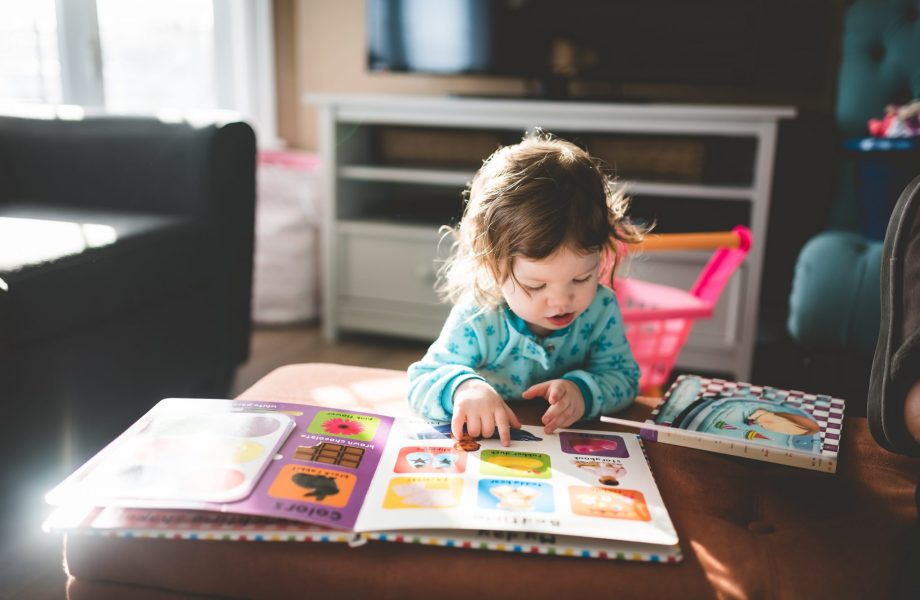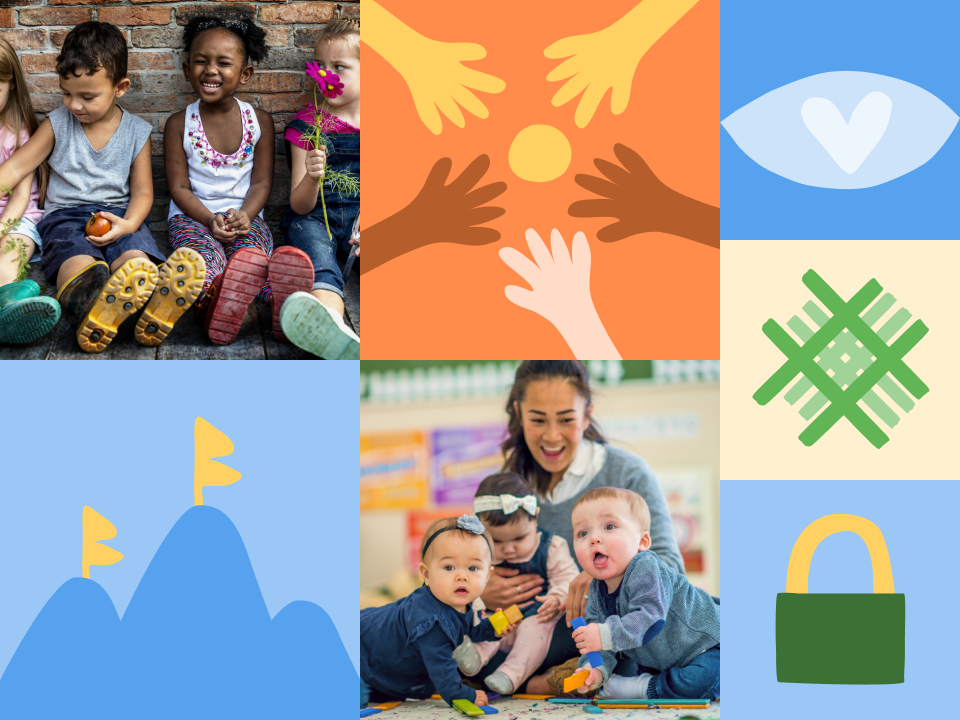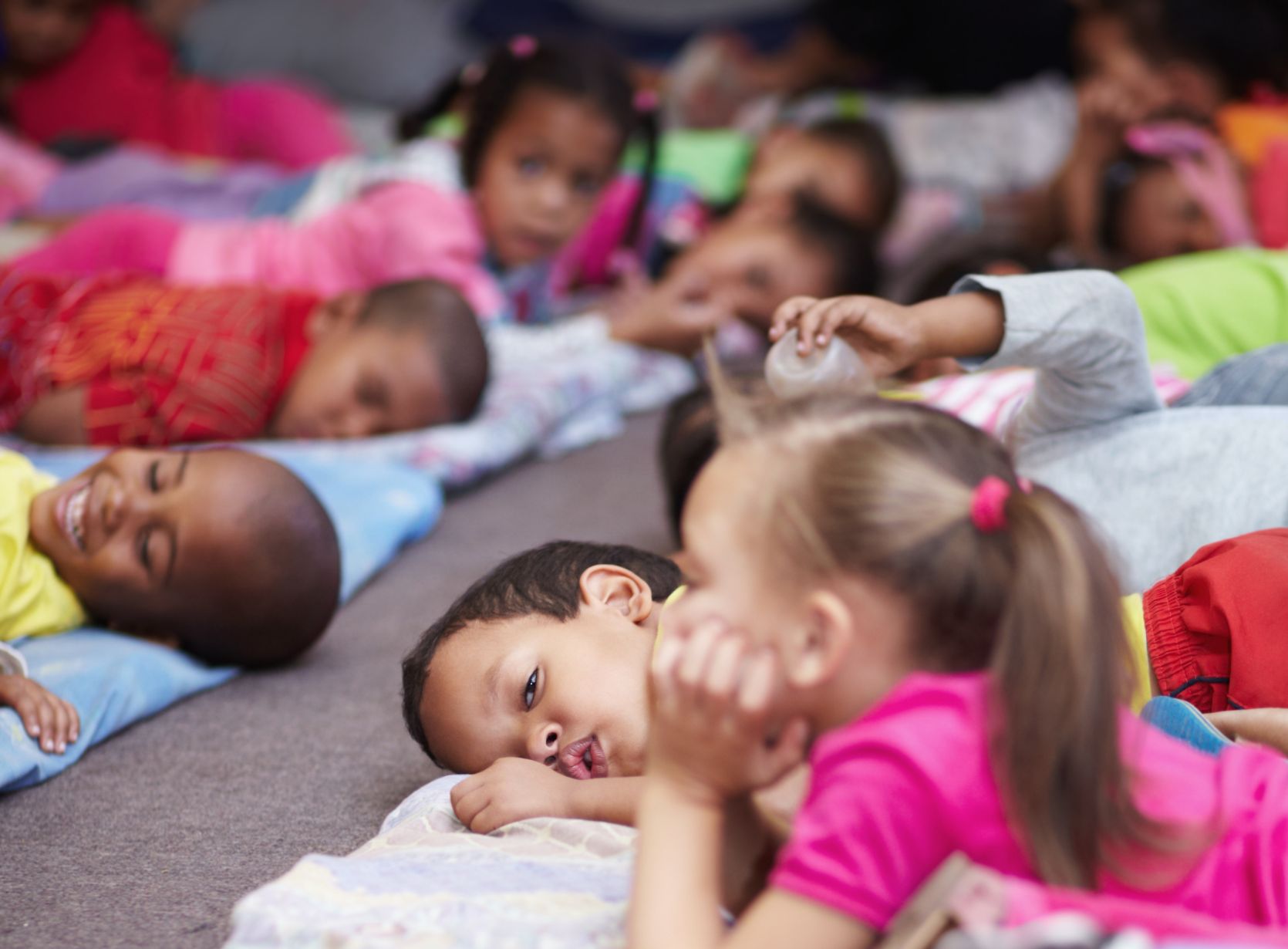Traditional early childhood assessments focus on what children can do in specific domains at a particular time. These assessments often rely on direct observations of children’s skills and abilities to make inferences about their learning.
However, recent years have seen a shift towards more authentic forms of assessment. This type of assessment concerns what children can do in real-world contexts and how they can apply their learning in new and different situations.
Besides being a more comprehensive approach, the authentic assessment also reflects more profoundly and accurately on a child’s progress. But, more importantly, it eliminates the limitations posed by the conventional checklist assessment.
What is Authentic Assessment?
The most concise and apt authentic assessment definition is that it is an approach to assessment that focuses on measuring how well students can perform tasks that are meaningful and relevant to real-world experiences. In an authentic assessment, the emphasis is on what students can do with their knowledge rather than memorizing facts or reproducing information from lectures. To be considered authentic, an assessment task must meet specific criteria. It must be:
- Purposeful: The task must be connected to a real-world problem or scenario.
- In-depth: The task must require students to use their knowledge and skills to complete it.
- Complex: It must be open-ended and allow for different solutions.
Components of Authentic Assessment
Authentic assessment relies heavily on observation. Therefore, the teacher regularly observes the student and reflects on their progress through a learning story.
Every story showcases the teacher’s observation of the children, focusing on events that contribute to the child’s growth. At Educa, the following elements comprise learning stories used for authentic assessment.
Framework Selection
The DRDP or Desired Results Development Continuum is one of the most popular frameworks used for authentic assessment in early childhood education. It is a comprehensive, research-based assessment system that allows educators to track children’s development and progress across multiple domains.
The DRDP has three versions:
- DRDP is aligned with California’s Early Learning and Development Standards
- DRDP-Preschool is aligned with the state’s former preschool learning foundations
- DRDP-Kindergarten is aligned with California’s Language Arts and Mathematics Content Standards.
Other popular frameworks for authentic assessment include the Reggio Emilia Approach and the Project Approach. Educa’s DRDP rating tool allows teachers to use the respective framework for efficiently reporting the child’s progress.
Learning Stories
Teachers use learning stories to capture and document a child’s learning experiences over time.
A learning story includes the following elements:
- A description of the event being documented
- Observations of the child’s behavior and attitudes
- Teacher’s reflections on the child’s learning
- The context in which the event took place
Educa Academy provides paid training on learning stories and professional development courses led by experts from around the world.
Linking to Framework Measures
Essentially, the goal of learning stories is for them to be linked to domains or measures of the chosen frameworks. For instance, the Essential View subsection of DRDP has 29 measures. Learning stories should be able to show evidence of the child’s progress concerning these measures. In addition, it allows educators to have a more holistic understanding of where the child is developmentally and what areas they need support.
When writing a learning story, it is essential to use language accessible to both parents and administrators. In addition, the focus should be on the child’s strengths rather than on their weaknesses. Since it can be tricky for teachers to use MS Word or Google Docs to link learning stories with framework measures, it’s best to use an online learning story solution like that from Educa. In addition, since educators can instantly share reports with parents, there’s plenty of room for real-time input and collaboration.
Reporting
The final step in the authentic assessment process is to compile all gathered data and observations into a report. The report should show the child’s progress over time and identify where they may need additional support. As a DRDP assessment vendor, Educa strives to create customized snapshots for every state in North America, allowing teachers to visualize how closely they’ve covered the framework measures. With Educa’s offering, teachers will be able to export customized reports for different frameworks or format them to be printed later.
Characteristics of Authentic Assessment
Early childhood educators have long been using authentic assessment to track children’s progress and development. However, the term “authentic assessment” has only recently become popular in educational circles. Here are some of its essential characteristics:
Observation
The principal characteristic of authentic assessment is that it is observation-based. It means that educators observe the child’s behavior and performance in order to make inferences about their development. This is in contrast to standardized tests, which rely on the child’s ability to answer questions correctly. With authentic assessment, there is no right or wrong answer – instead, the focus is on the child’s process of learning.
Parent Involvement
In authentic assessment, caregivers or parents are also involved in the process. This is because they can provide valuable insights into the child’s development, which the educators may not be able to observe directly. In addition, parent involvement helps to ensure that the assessment is genuinely authentic and accurately reflects the child’s abilities and development.
Identification
Both the educators and the caregivers identify particular activity-specific and routine-specific behaviors of the child to assess. The focus is on the child’s daily activities and routines rather than on one-time events or tasks. As a result, it helps to provide a more accurate picture of the child’s development over time. There’s a keen focus on the child’s behavior, such as interests, strengths, and preferences. For instance, educators will observe how a child interacts with other students. Meanwhile, parents will report the child’s behavior at home.
Interpretation
After the behaviors have been identified, they are then interpreted in terms of the child’s development. This interpretation is based on the educator’s professional knowledge and experience. It helps provide an accurate understanding of the child’s abilities and development. Authentic assessment is systematic, which means there is a structured process for observing and documenting the child’s progress. It helps ensure that the assessment is reliable and valid.
Outcomes of Authentic Assessments
Authentic assessments in early childhood are meant to provide educators with a more thorough understanding of children’s abilities, interests, and learning styles. Unlike standardized tests, which often focus on one specific skill or content area, authentic assessments consider the whole child.
Furthermore, because authentic assessments are designed to assess how well children can apply what they have learned to real-world situations, they are often seen as being more valuable than traditional assessments. Moreover, educators can use different types of authentic assessment to understand the following.
- Behavioral Interactions: With an authentic assessment, educators can observe children’s behavior and interactions with others. This type of assessment can provide valuable information about a child’s social skills, communication abilities, and overall dispositions. While some may say it’s not as helpful in an educational setting, it can definitely provide useful information to a child’s clinician.
- Cognitive Processes: Another way to assess children’s learning is to focus on their cognitive processes. Some ideal tasks include having children explain their thinking, solve problems, or make predictions.
- Content Knowledge: In addition to assessing children’s behavior and cognitive processes, educators can also use authentic assessments to measure content knowledge. It might involve tasks such as asking children to identify pictures of different emotions or explain the function of various objects.
- Physical Development: Authentic assessments can also monitor children’s physical development. For instance, the child can be asked to stand on one foot or walk heel-to-toe in a straight line.
- Creative Expressions: Teachers may also assess children’s learning through their creative expressions. They could ask children to draw a picture of their family.
Advantages of Authentic Assessment Over Traditional Assessment Types in Early Childhood
Authentic assessment has several advantages over traditional forms of assessment. First, it allows children to demonstrate their accurate level of understanding and ability. Educators can then provide targeted instruction that meets the child’s needs with this information.
Second, an authentic assessment provides a more well-rounded picture of the child. It can prove to be very helpful in identifying the child’s cognitive approach, level of expression, and interaction with surrounding people and objects.
Third, authentic assessments are often more valuable than traditional assessments because they assess how well children can apply what they have learned to real-world situations. It is imperative in early childhood when children begin to learn how to transfer their knowledge and skills to new situations.
Finally, authentic assessments tend to be more engaging for both the child and the educator. They often involve active tasks that allow the child to explore and experiment. Such assessments can foster a love of learning in the child and help build a strong foundation for future academic success.
Authentic Assessment Examples
There are several different ways in which educators can go about conducting authentic assessments. One standard method is to have children complete tasks or projects related to the material they have been learning in class.
For example, if a child has been studying animals, they may be asked to create a diorama depicting the natural habitat of one animal. Another example would be if a child has been learning about different types of rocks, they could be asked to create a rock collection.
In both of these cases, the child must use what they have learned to complete the assessment. In addition, teachers can use inferences from these activities to create learning stories for their students.
Suppose you ask your students to create the natural habitat of an animal they learned about last week. Here’s how you may write a learning story about a child (let’s call her Jane).
Jane or Tarzan?
Jane, I must say you did a fantastic job with your diorama on birds’ natural habitat! The level of detail you put into it was awe-inspiring.
I could tell that you had put a lot of thought into every aspect of it, from how the trees were arranged to how the animals were interacting with each other. It was clear that you really understood what you were doing.
My favorite bit had to be the part where you had the bird eating the worm. It was so realistic! I could almost hear the bird chirping.
Well done, Jane. I’m very impressed with your work.
Such a story will be a delight to read not only for Jane but for her parents too. In the end, you can add a comment section and speak to the parents directly.
Jane did an amazing job on her project about bird habitats. She showed a clear understanding of the material and was able to apply it in a creative way. Great work, Jane!
Observations for a Learning Story
Let’s continue with the same example and explore which observations allowed you to write such a great learning story for Jane. Here are some of the things you might have observed:
- Level of Detail: It shows that Jane was able to understand and apply the material she learned about birds and their habitats.
- Inference: Jane was very engaged in the task and put a lot of thought into it.
- Creativity: The way Jane arranged the animals and the trees in her diorama showed creativity and imagination.
- Realism: Jane’s representation of the predator-prey relationship between the bird and the worm was very realistic.
When writing a learning story, it is crucial to focus on the child’s strengths. In this case, you might want to focus on how well Jane understood the material and was able to apply it creatively.
By virtue of the authentic assessment definition, the resulting learning story should be valued by the child’s parents/caregivers, clinicians, and even the teacher who’ll teach them next year. Simply put, it should provide an insight into the child’s capabilities.
Channel Authentic Assessments Through Learning Stories
Regardless of the types of authentic assessment, you can use learning stories to report on the child’s progress. The Educa Platform allows you to make the assessment personal, observational, and child-centered. Plus, you can use customizable templates and built-in frameworks to create stories that become keepsakes for the children and their parents.


